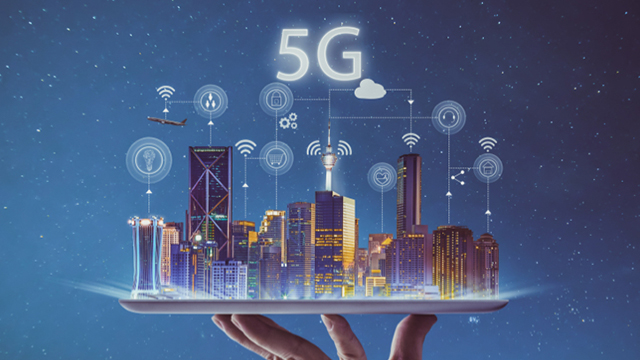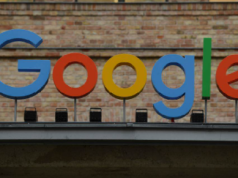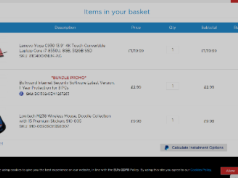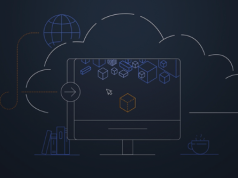It’s true that smartphones connected to a 5G network can offer much faster data download and upload speeds. But the real-world impact of 5G isn’t always what has been advertised by operators or handset makers.
“We should have avoided this hype marketing with use cases that are too far-fetched. It needs to include more realistic use cases that have a daily impact on the consumer,” Jasmeet Singh Sethi, Head of Ericsson ConsumerLab, agreed that there is a need to control the over-the-top marketing for 5G, the next generation of cellular internet networks.
When 5G networks were rolled out in India last year, wireless carriers, vendors, and handset makers promised 5G as the solution that would enable use cases such as self-driving cars or doctors performing surgery remotely from across the country. However, the problem with the 5G hype was that too much emphasis was placed on use cases that were far from reality.
“The use cases that we have put forward are very segmented in nature,” Sethi told us in an interview. “We don’t believe that there will be one single use case that will have mass market appeal,” he said, adding that telecom operators need to “build segmented use cases.”
“From an operator’s perspective, we need to think about the important use cases for 5G because the whole angle about 5G is to give you higher capacity where you need it, in congested locations and high footfall areas such as airports, public transportation hubs, stadiums, arenas, or even indoor shopping malls. This is where that elevation of experience needs to come in,” explains Sethi.
It’s true that smartphones connected to a 5G network can offer much faster data download and upload speeds. But the real-world impact of 5G isn’t always what has been advertised by operators or handset makers. Sethi’s advice for 5G ecosystem players and stakeholders is to invest in messaging that shows what 5G can truly deliver in a more transparent manner.
Swedish telecom gear maker Ericsson is banking on India for the uptake of 5G services in the world’s most populous country. The company expects over 31 million users to upgrade to 5G smartphones in 2023, which is a big number, especially when the phone market is going through a rough phase across the globe due to higher prices of newer devices and a longer upgrade cycle. In a survey done by Ericsson Consumer Lab, half of consumers are looking to pay less than Rs 20,000 for a 5G smartphone.
Perhaps the big winner from the marketing hype has been the handset makers who have sold 5G smartphones on the promise of how 5G would make your phone faster and better without really explaining the real benefits of the technology. “The handset makers have benefited from the rollout of 5G, but the fact that there’s been weak smartphone demand so far,” admits Sethi. “While you are seeing 5G rollouts happening, you are not seeing the sort of demand that you would have expected, but hopefully that will change as we are going into the festive season.”
In India, Reliance Jio and Bharti Airtel both offer 5G services, but the third big player – Vodafone Idea (Vi) is yet to roll out 5G networks in the country. Both Jio and Airtel claim to have 50 million 5G customers each within a year of the launch of 5G services on their networks. However, the growing challenge in front of operators is to monetise their 5G networks. Both Jio and Airtel are not charging extra for 5G services, which can be a tricky solution in the long term.
“We don’t know what is going to be the timeline,” Sethi responded when asked when Indian operators will start charging for 5G services from users. “At some given point in time, we have to think about monetisation,” he said, adding that “we are in a phase where we are doing build-out right now, and once that build-out phase is over, the needle moves into monetisation, and then we might start seeing specific 5G plans.”









